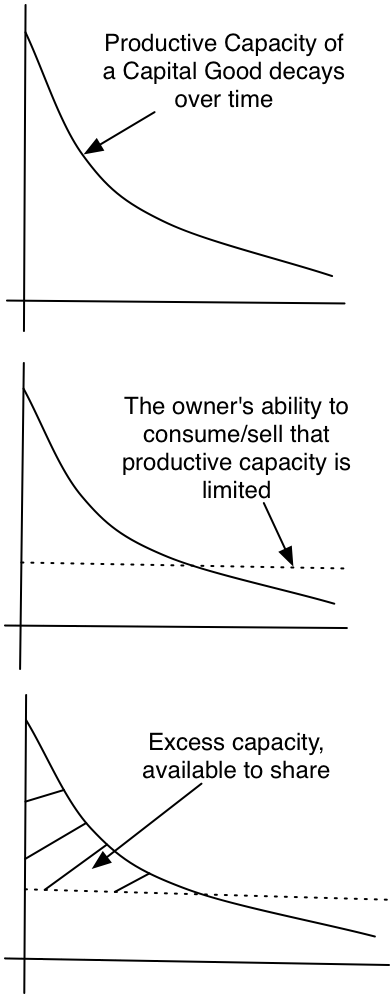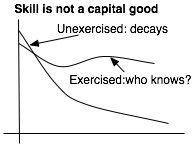I think this is extremely interesting. Linksys has a new home wireless router model, the WRT54GL which is clearly labeled as having a Linux base. At the same time the WRT54G brand is accumulating a large number of models and versions running a closes source OS (VxWorks).
It has been something of a mystery to me why none of the wireless router hardware vendors has tried this. One the one hand there are a lot of vendors and the barrier to becoming a vendor looks pretty low. On the other hand it’s clear there is a vibrant community of developers building hacks that complement routers that are open. Finally the cost of software on these things must be a significant part of the cost to enter the market.
One story I’ve been told, more than once, is the manufactures – who are mostly (all?) in Asia – think that the software is what differentiates them. So the idea of open software is strikes them as bizarre.
Another story I’ve been told is that the cost of goods is so tightly managed that if you suggest adding a bit more memory everybody thinks your a idiot. I find this arguement to be lame; the cost of goods is a very small part of the cost at the point of sale.
To me, these arguments totally miss the point. There is a high probability that an open standard hardware platform on devices of this form factor can aggregate a huge universe of complements. The stuff already available around these devices is very impresive. Phone PBXs for heaven sakes!
What’s really fascinating about the Linksys move is you can see right thru to their product manager meetings. Obviously they argued and argued about how open their devices should be.
Open: Are you crazy. Give it away? Madness.
Open: We should close the loophole, asap!
We build ’em. We get it right. We make it dependible. We rule the channel. We add features users want. We will be rich!
Open: We must open the platform. Differentiate with complements. We will sit at the center of a new platform, this could be bigger than Microsoft! We will be rich!
Open: Look! Dudes. It’s already open. It’s already producing these marvelous complements. This goose is laying golden eggs!
Closed: Great! We don’t need to be more open. We can get the benifit without the bother and the risk of being open.
The open side then says: Yeah! If we don’t do it somebody else will. It’s easy, it’s obvious.
The closed side responds: Sure, but we rule the distribution channels to it won’t do them any good.
Open: Internet distribution.
Closed: Yeah right; someday maybe – but not yet.
… that debate goes on an on …
Finally they do what rich firms do when they can’t agree. They decide to do both. So now we have two platforms. One closed and one open.
It allows them to do discriminatory pricing. For example the L version could be shipped only via internet channels, with lousy software, at a lower price point. Or the L version could be shipped at a higher price point. Depends on what they want to achieve.
It’s not a risk-less move. It’s very likely to trigger other vendors, particularly small ones, into shipping a more open box. But if they do it gives Linksys a way to respond; they just lower the price of the L version to deny them way into the market.
So the L version acts a signal to competitors.
If the closed guys won the debate then I’d expect them to charge more for this version; and then use it as a way signal other vendors to stay out of the open platform space.
Very complex. Very interesting.

 This morning I was attempting to read, yet again,
This morning I was attempting to read, yet again,  I had already noted many of the motivations outlined above for sharing one’s talents: countering the guilt for letting it go to waste, the positive emotions of generosity, the low cost of giving away the excess capacity. But I had not noticed something else: skills that are not exercised decay. While the hotel room left idle depreciates only slightly, a skill unused decays quickly. The skill demands that I exercise it, it’s survival depends on that exercise. If I horde it, it evaporates.
I had already noted many of the motivations outlined above for sharing one’s talents: countering the guilt for letting it go to waste, the positive emotions of generosity, the low cost of giving away the excess capacity. But I had not noticed something else: skills that are not exercised decay. While the hotel room left idle depreciates only slightly, a skill unused decays quickly. The skill demands that I exercise it, it’s survival depends on that exercise. If I horde it, it evaporates.